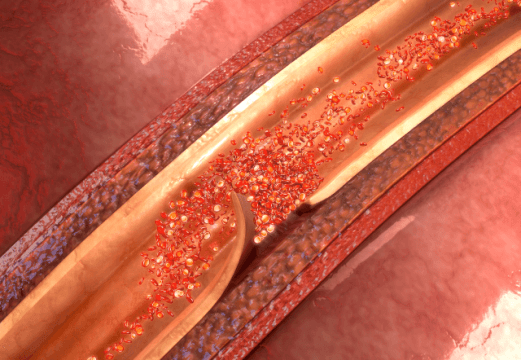Spontaneous coronary artery dissection is one of the causes of acute coronary syndrome, with a prevalence between 1 and 4%, that might reach up to 35% in women <50 years old, according to recent studies.

As dissections are more frequent in women, research focuses on this population. Small retrospective studies have shown different triggers and predisposing causes in men compared with women. These differences could result in divergent in-hospital and long-term results.
The aim of this retrospective study was to describe the characteristics and outcomes for men with spontaneous coronary artery dissection, and to compare them with those for women.
Comparisons were made in terms of demographic characteristics, clinical presentation, angiography findings, and cardiovascular results after 3 years in men and women participating in the Canadian Spontaneous Coronary Artery Dissection Cohort Study. Additionally, major adverse cardiac events (MACE)—a composite of death, acute myocardial infarction (AMI), stroke or transient ischemic attack, hospitalization due to heart failure, and revascularization—were evaluated.
Read also: EMINENT Trial | Stent Eluvia vs BMS in Femoropopliteal Territory.
A total of 1173 patients were analyzed: 10.5% were men and 89.5% were women. When comparing both genders, males were younger (p = 0.01), had lower rates of prior AMI (p = 0.005), and significantly lower rates of depression, tinnitus, or migraine. When screening for fibromuscular dysplasia, diagnostic rates were lower for men than for women.
In terms of emotional triggers, men reported less emotional stress than women, but more physical stress. Clinical presentation was similar between genders. The most affected coronary artery was the anterior descending artery in both groups. However, men had greater affectation of the circumflex artery. Conservative treatment was the most used alternative, with no difference between genders, and, in patients who underwent angioplasty, success and complication rates were similar between them.
During follow-up, men had less precordial pain than women. At 3 years, men had a lower rate of ER visits and hospitalizations due to precordial pain. No significant differences were found in AMI recurrence, coronary dissection recurrence, and MACE.
Conclusion
While men account for a smaller proportion of cases of spontaneous coronary artery dissection (approximately 10%), they are younger and have more physical triggers. However, they have less diagnosis of fibromuscular dysplasia, depression, and emotional triggers. Angiographic findings and in-hospital outcomes were similar between men and women, and during follow-up men had less recurrence of precordial pain. There were no significant differences in MACE between men and women with spontaneous coronary artery dissection.

Dr. Andrés Rodríguez.
Member of the Editorial Board of SOLACI.org.
Original Title: Differences in Demographics and Outcomes Between Men and Women With Spontaneous Coronary Artery Dissection
Reference: Cameron McAlister, MBCHB et al J Am Coll Cardiol Intv 2022;15:2052–2061.
Subscribe to our weekly newsletter
Get the latest scientific articles on interventional cardiology





